In a comparison with CalDigit’s TS4 on Sonnet’s own website the Echo 20 Thunderbolt 4 SuperDock unsurprisingly emerges as the winner. But do its two extra ports and design choices make it stand out all that much? Quality-wise the TS4 and the Echo 20 are on par, but the latter indeed has features that make it a better choice.
Sonnet’s Echo 20 Thunderbolt 4 SuperDock has 18 ports as well as a NVMe type SSD slot hidden behind a metal access door in the unit’s bottom plate. The 240 mm long, 35 mm high and 105 mm deep all-metal dock has a beautiful modern dark grey look with the side facing you containing two USB-A and two USB-C ports, a headphone/headset connector, an SD slot and a small blue power indicator. It ships with a 70cm passive Thunderbolt 4 cable, a ThunderLok 4 connector retainer clip and the power adapter and cable.
The Echo 20 requires macOS 11 and any Mac with a Thunderbolt 3 or 4 port. It’s also compatible with newer Windows computers that have Thunderbolt 4 or USB4, Chromebooks and iPad Pros equipped with one of those ports.
The bottom SSD slot is meant to hold a SSD of up to 8TB which you must buy and install yourself — Sonnet publishes a list of supported SSDs for convenience. It’s kept cool using a cooling strip on the lid. As the maximum speed you’ll get out of it is limited to 800MB/sec, I installed a 1TB Crucial P1.

Features
The Sonnet Echo 20’s flat design means you can’t position it upright to save space and it’s roughly 1.5 times longer than CalDigit’s TS4. However, as I have experienced, sometimes an upright position is not what you want. The reason is that it’s too easy to accidentally dislodge connected cables that hang from the TS4 when it’s upright and you’re adding or removing some others.
By the way, none of the docks I’ve tested before the Sonnet Echo 20 Thunderbolt 4 SuperDock had ports that firmly grab a connector. All of the Echo 20’s do. The main and most important connection — the one to your computer — can be secured with the included ThunderLok 4 retainer clip.
A design choice that looks less generous compared to the TS4 is that the Echo 20 lacks a microSD port. However, I find a microSD slot not all that efficient, not even on dedicated microSD readers, because they lack a mechanism that helps with removal and they’re so small I always end up using tweezers. With tweezers, though, you risk damaging the card.
Speaking of generous: the Echo 20 comes with a HDMI 2.1 port. That’s a very interesting feature, because you don’t need a bulky adapter to connect a HDMI display and with Sonnet’s SuperDock you can even hook up an 8K 60Hz display if your computer supports it.
Of course, there’s a 3.5 mm TRRS headset jack on the front panel in addition to a 3.5 mm monaural microphone jack on the back panel, but unique to the Echo 20 SuperDock is that it has separate left and right audio-out RCA jacks that provide line level output to powered speakers or an amplifier.
Because no other dock has these, I was hoping to find a top-notch DAC inside, but instead I found a Realtek ALC5616, a 24bit/8kHz ~ 192kHz chip with a SNR of 98dBA and a THD N smaller or equalling -86dB. Those are not the high specs I was hoping for.
The dock has eight USB-A / USB-C ports that each provide 7.5W power and are designed to ensure that drives with higher peak power requirements mount and operate reliably. All four USB-C ports support the Type-C Charging specification, so the dock will charge devices even when the computer is offline.
As its competitor, the Echo 20 provides up to 100W of power for charging compatible laptop computers. Finally, the Echo 20 hits the sweet spot between Thunderbolt 3’s single downstream port and Thunderbolt 4’s maximum of three downstream ports to provide the bandwidth necessary to support the HDMI and 2.5GbE ports, as well as all USB ports at 10Gbps.

Verdict
As I said earlier on, I’m a fan of CalDigit’s hubs and docks, and I found the TS4 to blow all other docks out of the water when it was released two years ago. I’m afraid, though, that Sonnet has just taken over that first place.
One reason is that every one of the Echo 20’s four USB-C ports support the Type-C charging spec. Another reason for Sonnet’s coup d’etat is the Echo’s HDMI 2.1 support. And yet another is that you can install an 8TB (or smaller, obviously) SSD in its dedicated NVMe slot and benefit from having extra storage at up to 800MB/sec speeds without having to add to your cable spaghetti. You can even boot from this disk.
And while I can’t tell why it’s happening and at first thought it was my imagination, I noticed the Echo 20 mounts some of my external SSD RAID drives faster than the TS4. I actually timed it with a stopwatch: where the CalDigit TS4 takes up to 20 seconds to mount a U.2 SSD RAID drive, the Sonnet Echo 20 SuperDock consistently shaves off 15% of that time.
All of that makes it all the more “out of tune” that Sonnet hasn’t equipped the Echo 20 with a higher-quality DAC for the RCA ports. What’s inside is OK for use by YouTubers and TikTok’ers, or pop music listeners, but audio engineers and sound designers who wouldn’t mind having an extra output just for monitoring purposes will be disappointed.
The benefits, though, far outweigh that one point of criticism — Sonnet’s Echo 20 Thunderbolt 4 SuperDock is truly a super dock. It ticks all the boxes and then some.
The Echo 20 SuperDock retails at 299.99 USD / 385.20 GBP (VAT in) / 450.53 EUR (VAT in). The British and European prices mentioned here are from the CVP.com online retailer website.

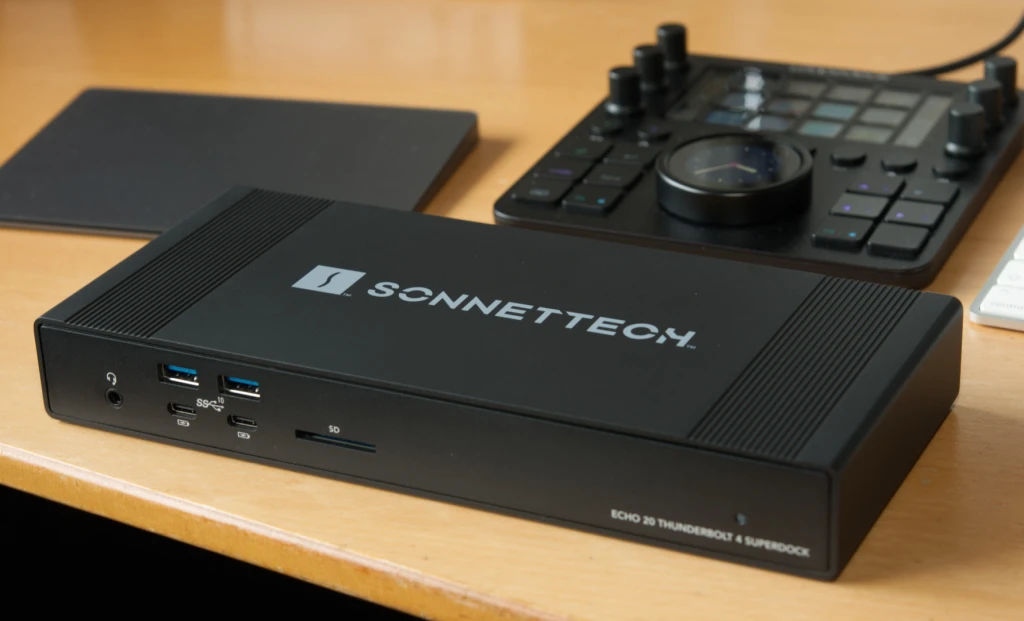
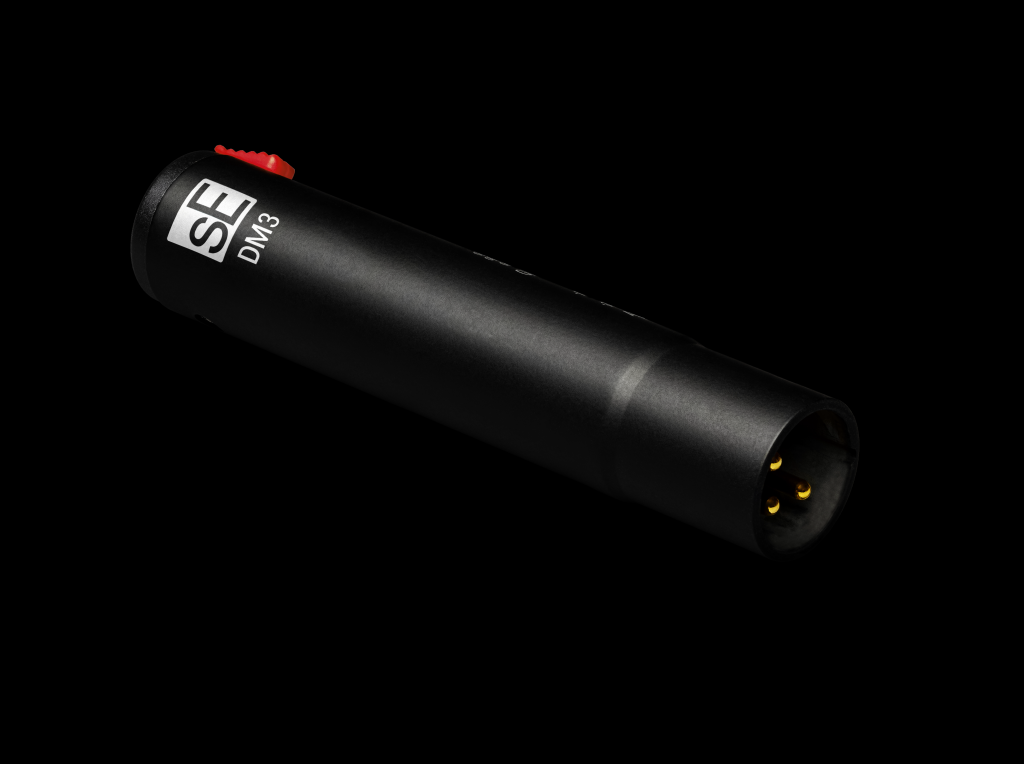
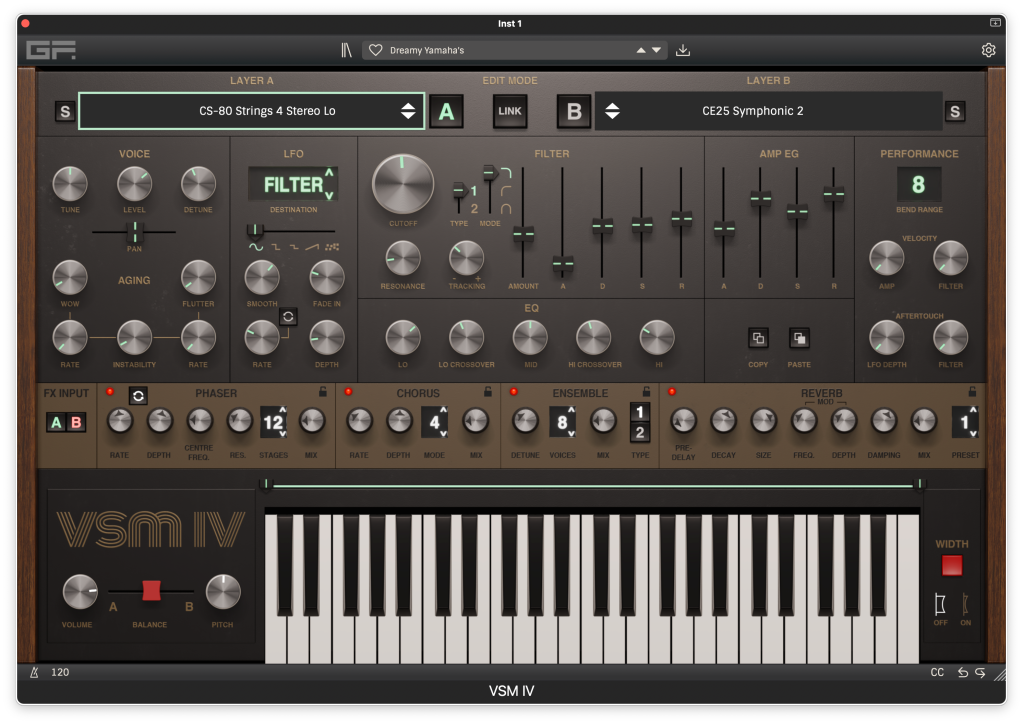
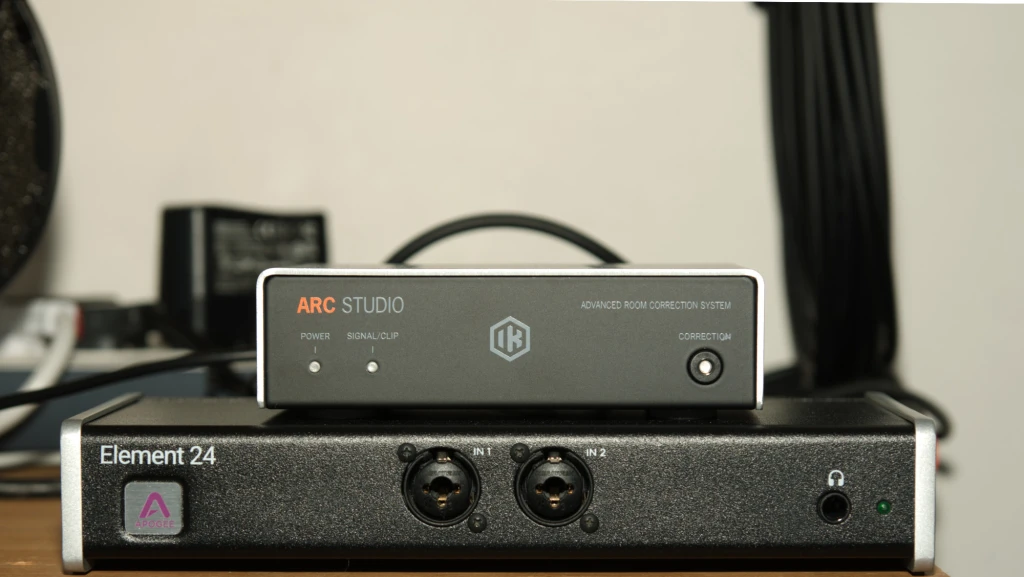
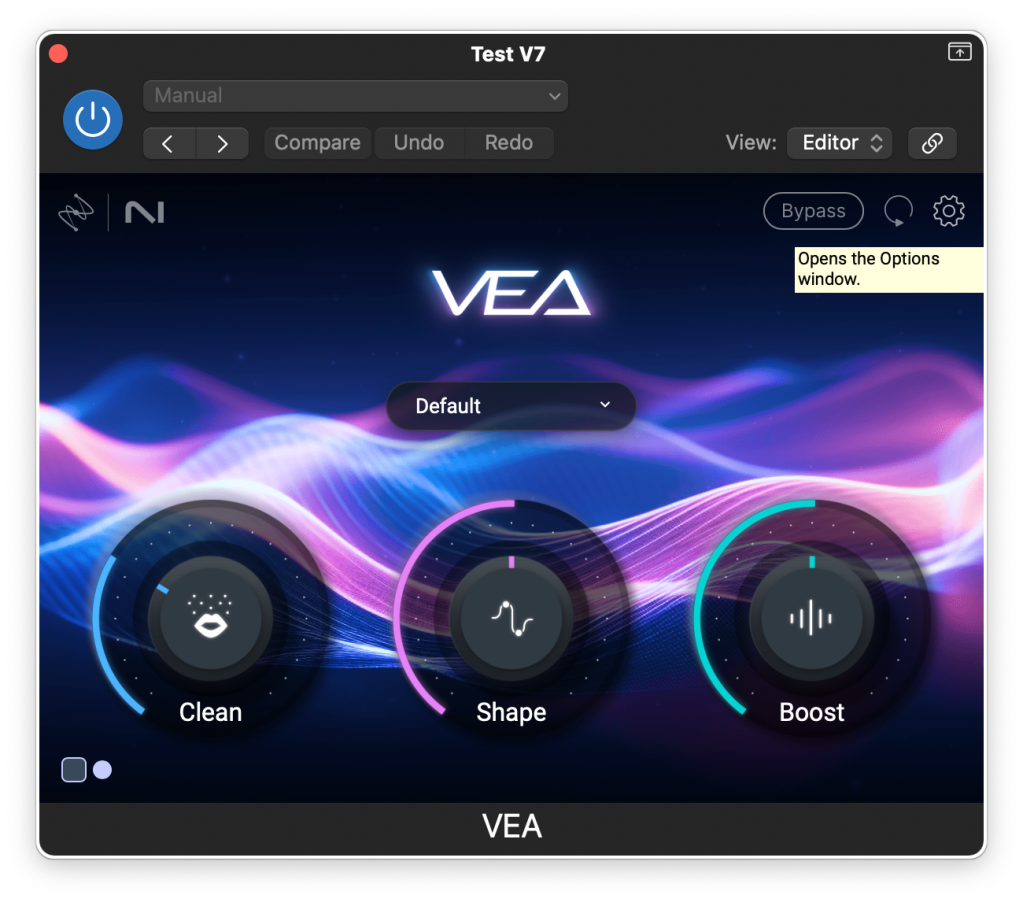
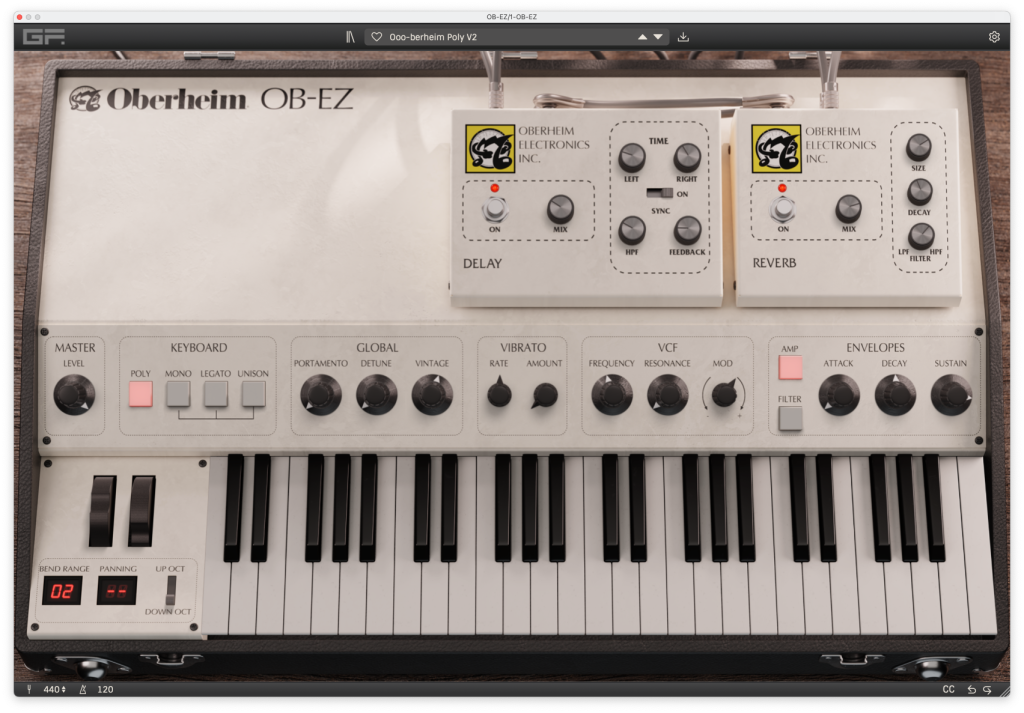
Leave a comment